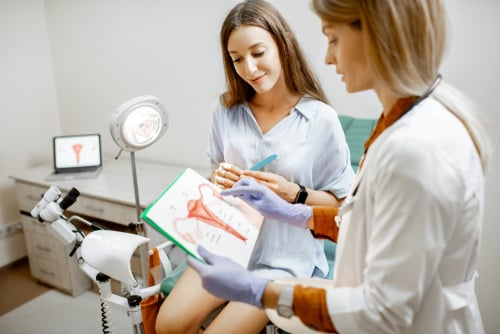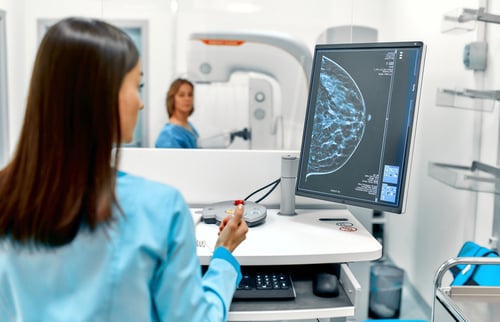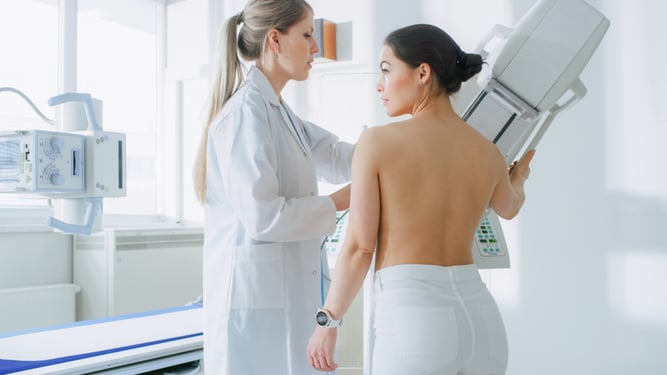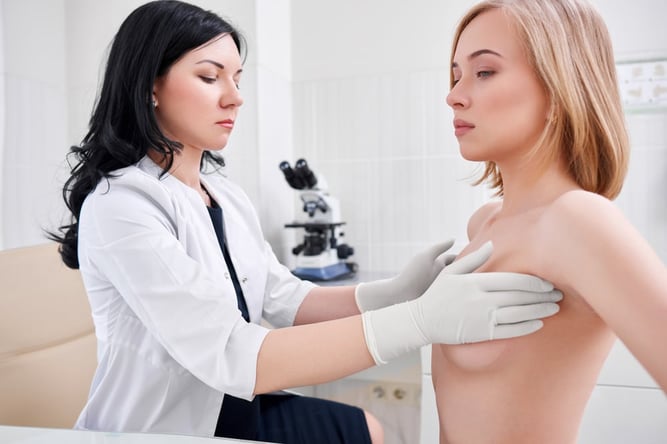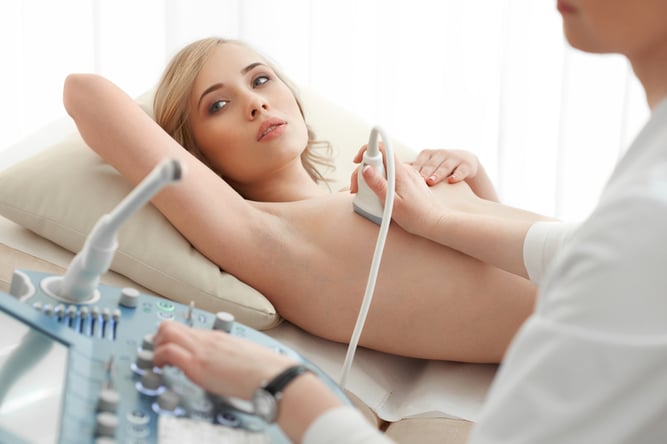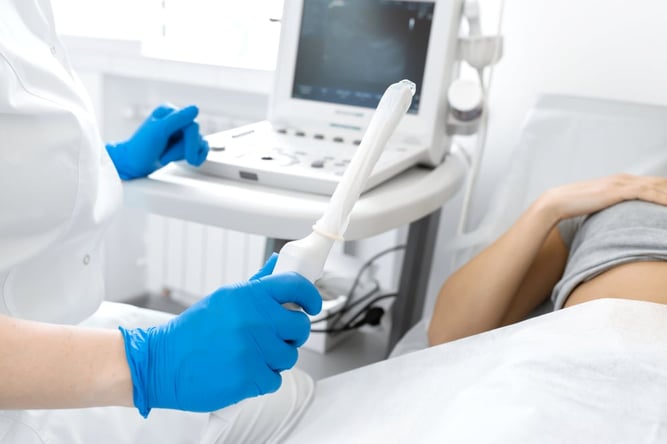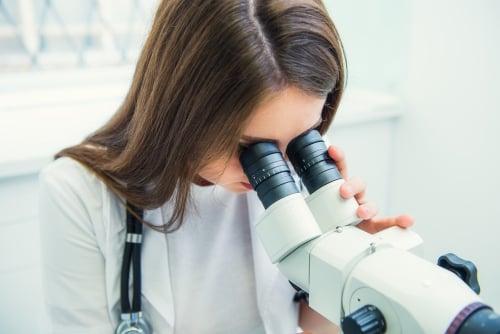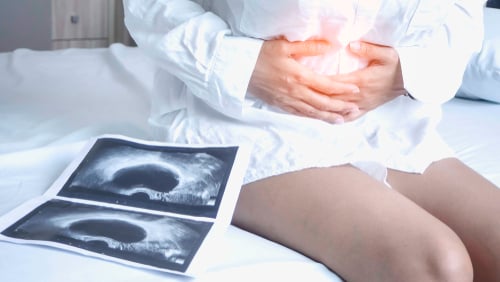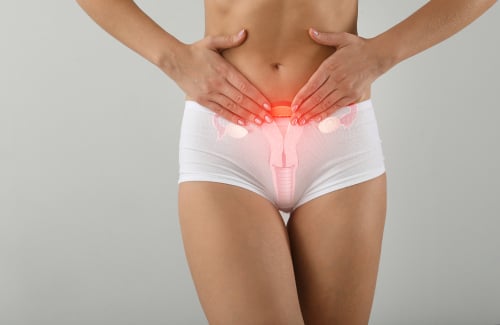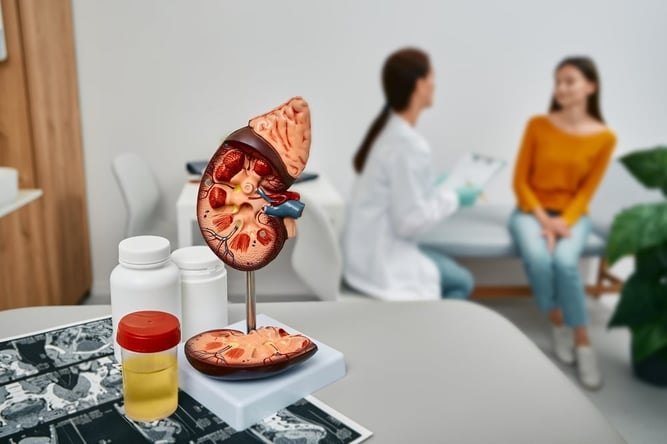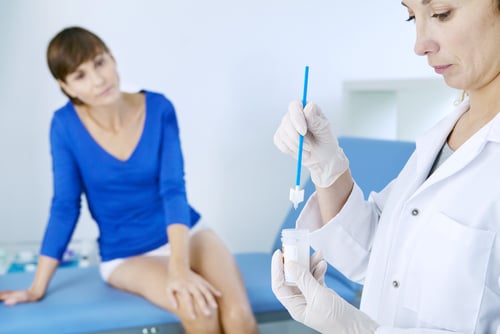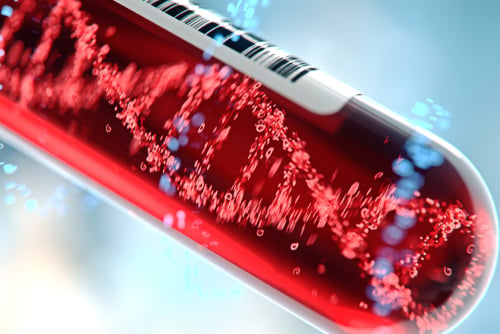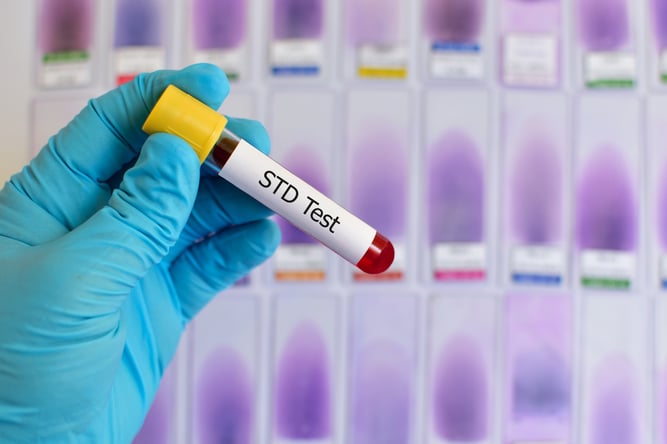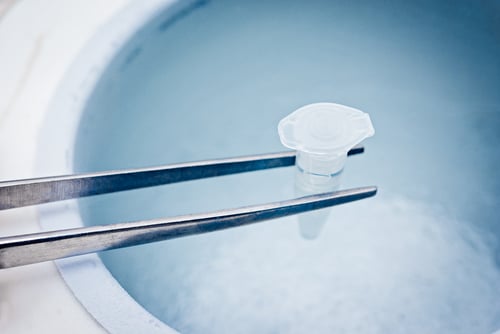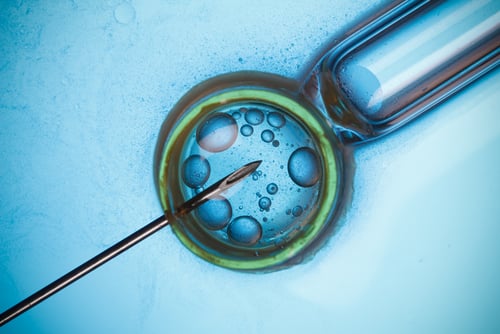Symptoms of Pelvic Inflammatory Disease
Pelvic Inflammatory Disease (PID) is a widespread gynecological infection affecting female reproductive organs. This article explores PID, its causes, symptoms, and treatments.
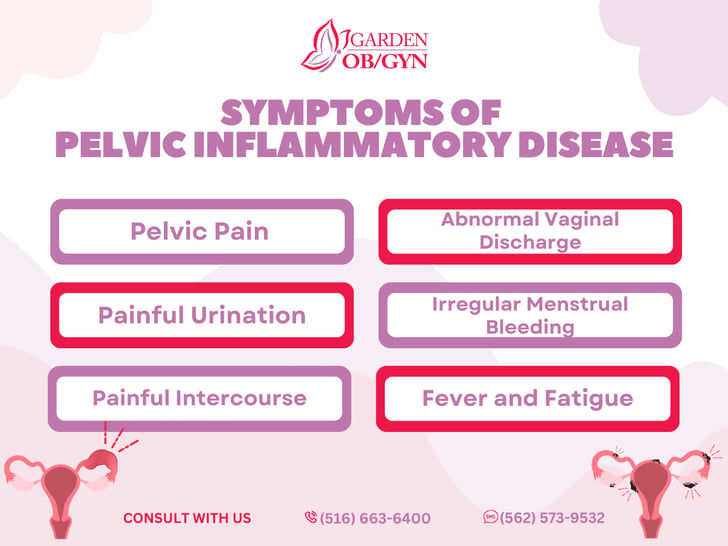
Pelvic Inflammatory Disease (PID) is a common but often misunderstood gynecological condition that affects millions of women worldwide. PID refers to an infection of the female reproductive organs, including the uterus, fallopian tubes, and ovaries. This article aims to shed light on PID, its causes, symptoms, and treatment options.
Causes of PID:
PID is primarily caused by bacterial infections, most commonly from sexually transmitted infections (STIs) such as chlamydia and gonorrhea. These bacteria can travel from the cervix into the upper reproductive organs, causing inflammation and damage. It's important to note that PID can also result from non-sexual factors, such as a ruptured appendix, IUD insertion, or childbirth.
Symptoms of PID:
-
Pelvic Pain: One of the hallmark symptoms of PID is pelvic pain, which can range from mild discomfort to severe, sharp pain. This pain often occurs in the lower abdomen and may be constant or intermittent.
-
Abnormal Vaginal Discharge: Women with PID may experience unusual vaginal discharge, which can be yellow or green, with a foul odor.
-
Painful Urination: PID can cause discomfort or a burning sensation during urination.
-
Irregular Menstrual Bleeding: Some women with PID may notice changes in their menstrual cycle, including heavier or more painful periods.
-
Painful Intercourse: Pain or discomfort during sexual intercourse is common among women with PID.
-
Fever and Fatigue: In severe cases, PID can lead to fever, fatigue, and general malaise.
Diagnosis and Treatment:
Early diagnosis of PID is crucial to prevent complications like infertility and chronic pelvic pain. To diagnose PID, a healthcare provider will typically perform a combination of the following:
-
Physical Examination: A thorough pelvic exam to check for tenderness, abnormal discharge, or enlarged ovaries.
-
Laboratory Tests: Tests may include blood work to check for elevated white blood cell counts and cultures to identify the bacteria responsible for the infection.
-
Imaging: Ultrasound or other imaging techniques may be used to visualize the reproductive organs and detect any abnormalities.
Treatment for PID usually involves a combination of antibiotics to target the specific bacteria causing the infection. It's essential to complete the full course of antibiotics, even if symptoms improve, to ensure the infection is completely cleared.
In severe cases or when abscesses form, surgical intervention may be necessary. Women with PID should abstain from sexual activity until they have completed their treatment to prevent reinfection.
Prevention:
The best way to avoid PID is to practice safe sex by using condoms consistently and getting regular STI screenings. Additionally, timely treatment of any STIs can help reduce the risk of PID. Women considering an IUD or other intrauterine contraception should discuss the potential risks with their healthcare provider.
Pelvic Inflammatory Disease can be a serious and potentially debilitating condition, but with prompt diagnosis and appropriate treatment, most women can recover fully. It's essential for women to be aware of the symptoms and risk factors associated with PID and to seek medical attention if they suspect they may have the condition. Maintaining good sexual health practices, including safe sex and regular STI screenings, can go a long way in preventing PID and its potential complications.

